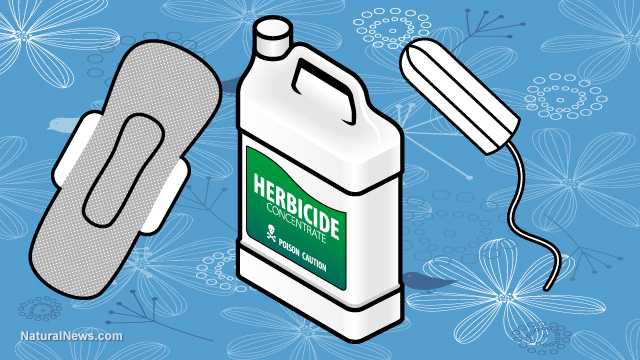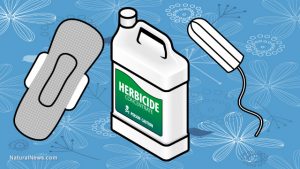
Bensulfuron-methyl — toxicity, side effects, diseases and environmental impacts
Wednesday, November 29, 2017 by Michelle Simmons
http://www.naturalpedia.com/bensulfuron-methyl-toxicity-side-effects-diseases-and-environmental-impacts.html

Bensulfuron-methyl is an herbicide that belongs to a group of herbicides known as pyrimidinylsulfonylurea. This herbicide is used to protect cereals, particularly wheat, and rice from annual and perennial weeds and sedges, such as pigweed, chickweed, wild mustard, stinkgrass, barnyard grass, rice flatsedge, dwarf umbrella grass, nut-grass, and creeping water primrose. It can be absorbed through foliage and roots and it works by inhibiting the plant amino acid synthesis known as acetohydroxyacid synthase. It is moderately soluble in water, non-volatile, and moderately mobile. It is approved for use by the European Union. Bensulfuron-methyl has the molecular formula of C16H18N4O7S.

List of known side effects
Bensulfuron-methyl is toxic to the human body when large amounts have been ingested. Since bensulfuron-methyl is a urea compound, like all other urea compounds, poisoning with this herbicide may lead to irritation in the eyes, skin, and mucous membranes. Other symptoms of poisoning with this chemical are coughing, shortness of breath, nausea, vomiting, diarrhea, headache, confusion, and electrolyte depletion.
Chronic exposure to bensulfuron-methyl can cause protein metabolism disturbances, moderate emphysema, and weight loss. This chemical may also cause allergic skin reaction. It is also toxic to the aquatic environment. It could be persistent in water systems, but not in soil. It is also slightly toxic to birds and earthworms, but is more toxic to algae, aquatic plants, and honey bees.
Body systems affected by bensulfuron-methyl
Exposure to bensulfuron-methyl can adversely affect different body systems such as the ocular, integumentary, respiratory, nervous, and digestive systems.
Items that can contain bensulfuron-methyl
The items that can contain bensulfuron-methyl are those herbicide products that are used to control annual and perennial weeds and sedges, such as pigweed, chickweed, wild mustard, stinkgrass, barnyard grass, rice flatsedge, dwarf umbrella grass, nut-grass, and creeping water primrose in cereals and rice. Some of the products that use bensulfuron-methyl as an active ingredient are Londax, Sentar, and Testar.
How to avoid bensulfuron-methyl
Exposure routes of bensulfuron-methyl are through inhalation, ingestion, skin contact, and eye contact. Bensulfuron-methyl exposure can be avoided or reduced by workers who handle the chemical in several ways. One of these is to use an approved respiratory protection with dust or mist cartridge to avoid inhaling the chemical. To avoid skin contact with the chemical, it is recommended to use protective clothing, such as protective gloves, apron, boots, and coveralls. Moreover, to prevent eye contact with the chemical, it is important to use protective eyewear.
Furthermore, to avoid ingesting the substance, it is essential to wash hands thoroughly with soap and water after handling and before eating, drinking, smoking, or using the toilet. Another way to avoid the substance is by refraining from using products that contain bensulfuron-methyl, such as Londax, Sentar, and Testar.
Where to learn more
Summary
Bensulfuron-methyl is an pyrimidinylsulfonylurea herbicide that is used to protect cereals, particularly wheat, and rice from annual and perennial weeds and sedges, such as pigweed, chickweed, wild mustard, stinkgrass, barnyard grass, rice flatsedge, dwarf umbrella grass, nut-grass, and creeping water primrose.
Bensulfuron-methyl exposure may result in irritation in the eyes, skin, and mucous membranes.
Bensulfuron-methyl poisoning can show symptoms such as coughing, shortness of breath, nausea, vomiting, diarrhea, headache, confusion, and electrolyte depletion.
Long-term exposure to bensulfuron-methyl can lead to protein metabolism disturbances, moderate emphysema, and weight loss.
Bensulfuron-methyl is toxic to the aquatic environment, birds, earthworms, honey bees, and algae.
Sources include:
Tagged Under: Tags: bensulfuron-methyl





